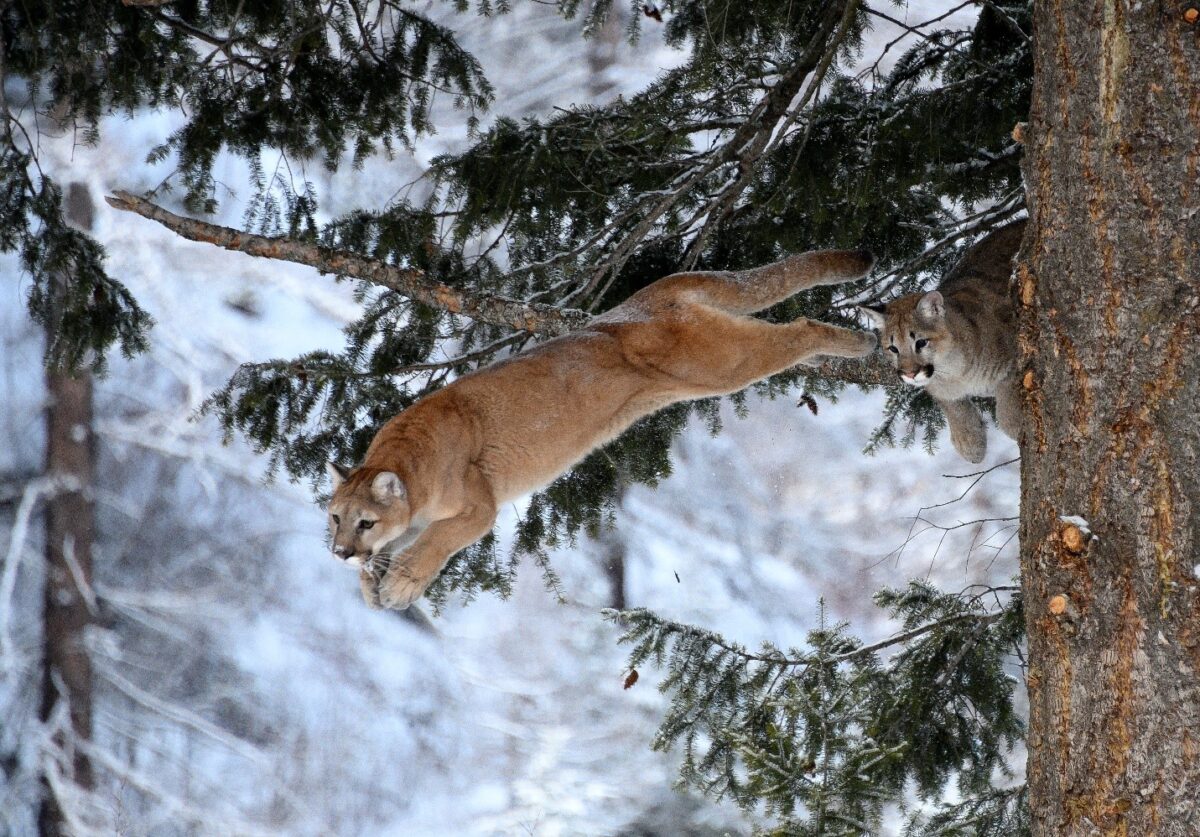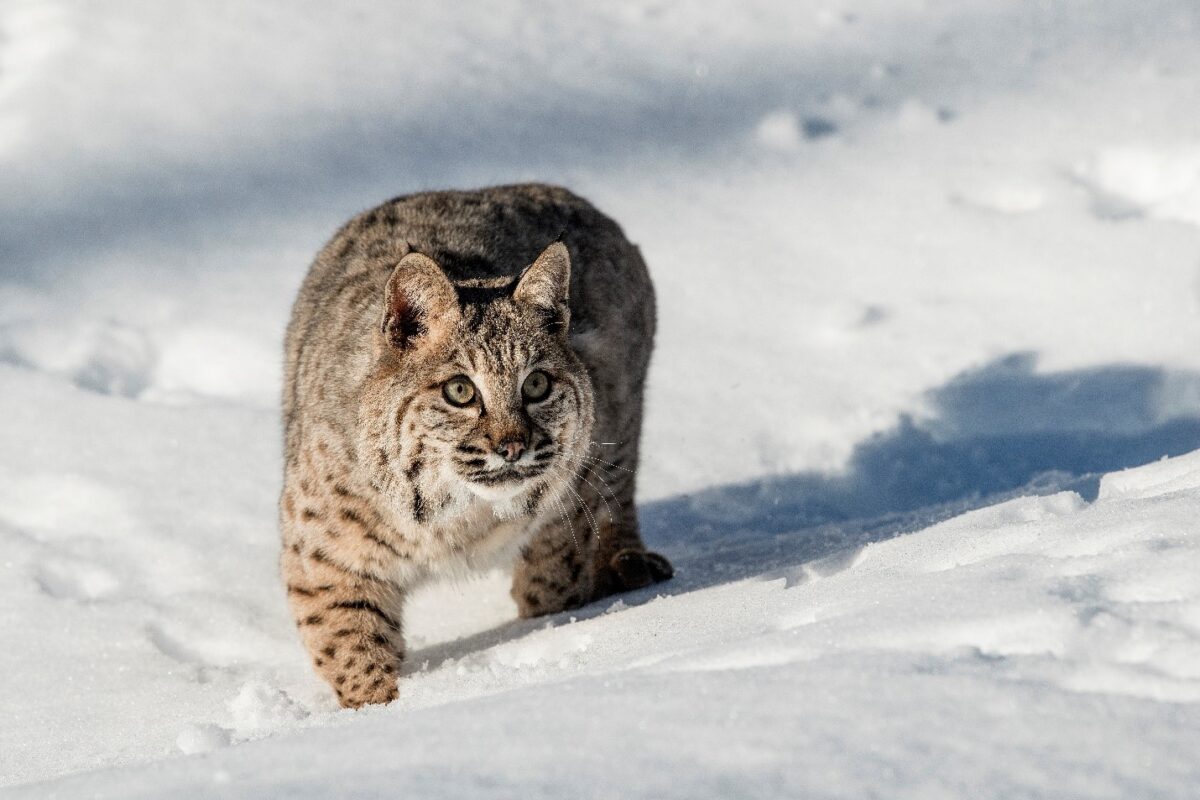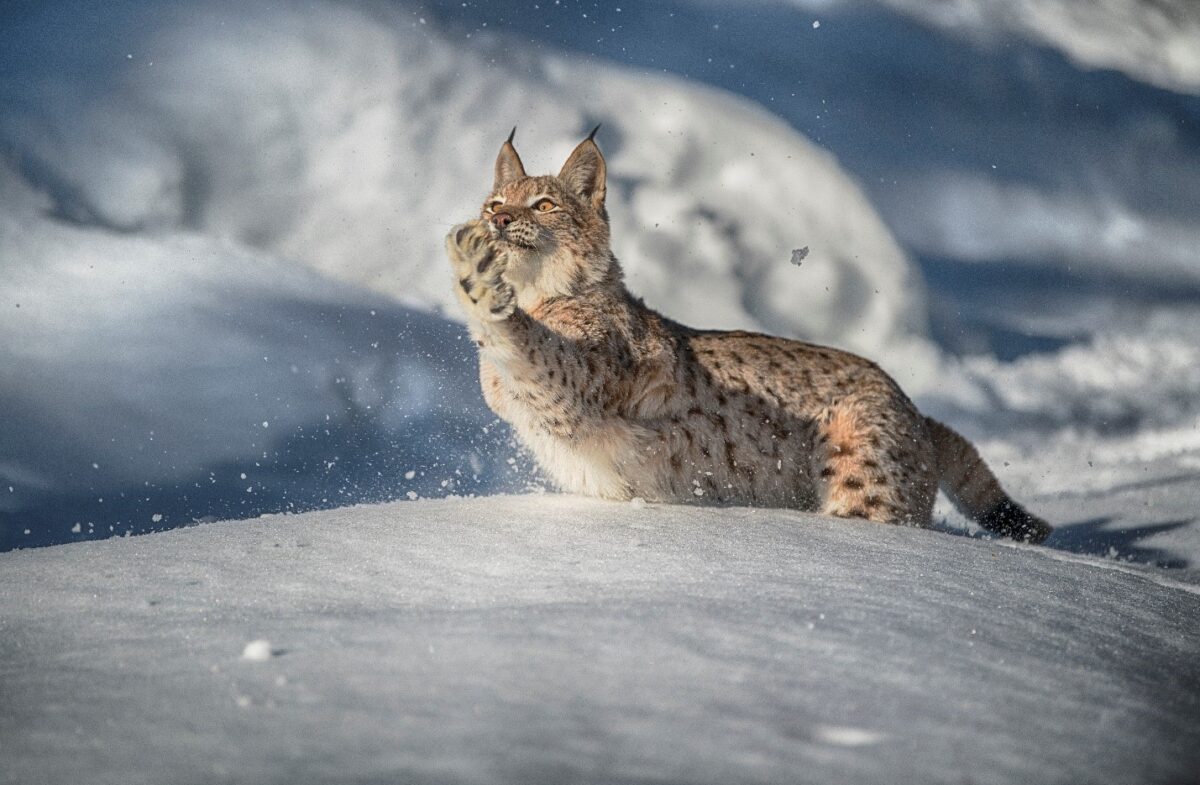Most photographers don’t consider a polarizing filter while photographing wildlife. It is true that there is not always time to polarize but when you can you get results better than without a polarizing filter.
The three photographs here are prime examples. When I am working in an area where I expect wildlife to come within my view, I polarize that direction. By doing so I bring additional contrast to the subject and additional detail within the fur.
Polarizers are light controlling tools and the more we can control the light the better image we capture. We not only increase contrast and detail but reduce glare from surrounding scattered light.
Photo 1 was captured in Montana right after a snowstorm. The reflective light off the snow illuminated our subjects as if in a studio. The strong light reflections off the fur were controlled with a Singh-Ray LB Neutral Polarizer. The camera was a Nikon Z6 with Nikon 200-500 at 500mm. F/5.6, using a 95mm LB Neutral Polarizing filter.

Photo 2 was captured with a Singh-Ray LB Warming Cir. Polarizing Filter. I like the LB Warming Cir. Polarizer because it adds additional warmth to the photograph as. As a side benefit it loses less than a stop and a half of light as opposed to other polarizers that lose up to two stops of light.
The results of controlling light and glare are the same.

Photo 3 is again with the LB Warming Polarizing Filter on a really cold day.

Note: Photos 2 & 3 were taken with a Nikon D5 with Nikon 200-500. 95mm LB Warming Polarizing Filter. f/5.6
Here is my personal belief. I only use the best filters on my lens. I paid a lot of money for my lens and only the best optical filters will do.
I keep a polarizing filter on every lens and polarize whenever I can. It helps the image in almost every case.
If you have questions, you can contact Vinny at: [email protected]
You can learn more about his photography and workshop programs at: www.escapetonaturephotography.com




